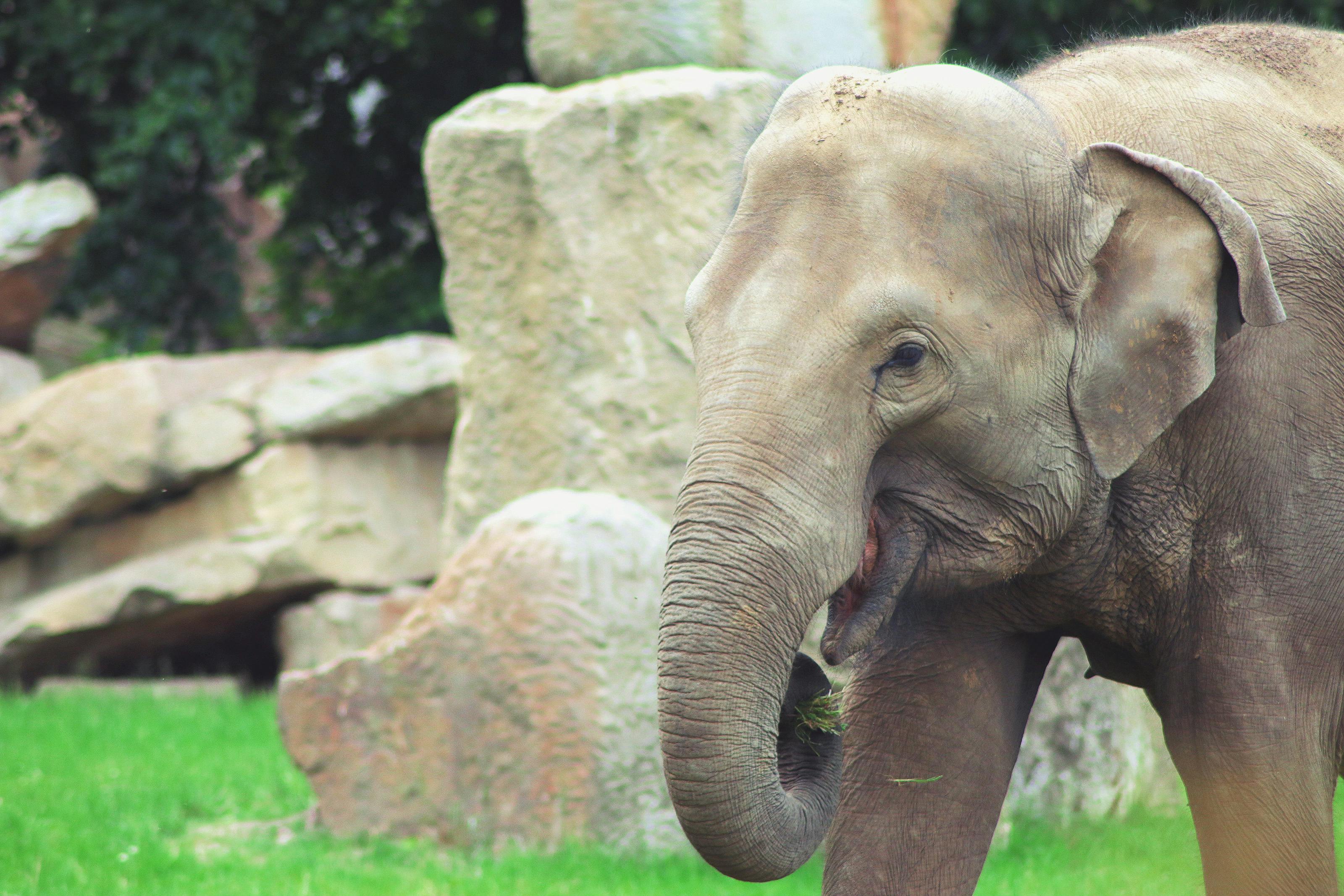Essential Guide to Using Driftwood for Aquariums in 2025
As aquarists continue to discover the remarkable benefits of integrating natural elements into their tanks, driftwood remains a staple in aquarium design. Not only does driftwood add aesthetic appeal, but it also plays a crucial role in enhancing the health of aquatic life within your aquarium. In 2025, the usage of driftwood aquarium elements is set to grow, with more emphasis on natural habitats that effectively mimic real-world ecosystems. This guide will explore the various types and advantages of using driftwood in aquariums, alongside practical tips for selecting, preparing, and maintaining these natural decorations for your fish tank.
In this article, you'll learn about the benefits of driftwood, how to choose the best pieces for your aquarium setup, and practical maintenance tips to ensure the longevity and effectiveness of your organic decorations. We will also delve into innovative aquascaping ideas and the ecological benefits driftwood provides as shelter and habitat for fish and aquatic plants. Let's dive in!
Types of Aquarium Driftwood to Consider
Building on the fundamentals of aquarium setup, understanding the types of aquarium driftwood can aid you in selecting the right pieces that suit both your tank's aesthetic and the needs of its inhabitants. There are several popular types, such as Malaysian driftwood, African driftwood, and Mopani wood. Each type varies in texture, size, and suitability for different aquatic environments.
1. Malaysian Driftwood
Malaysian driftwood is favored for its strong structure and intricate shapes. It is dense and sinks easily, making it ideal for aquascaping. Not only does its unique texture enhance the visual appeal, but it also provides hiding spots for fish, further promoting a natural habitat.
2. African Driftwood
This type of driftwood often features long, twisted shapes, creating a dramatic focal point within the aquarium. Its dark tones add depth to your tank, and it is particularly beneficial for creating shaded areas that can help balance water chemistry and temperature within the environment.
3. Mopani Wood
Mopani wood is a dual-tone piece that adds both beauty and function to the aquarium. Its hardiness ensures longevity, and it releases tannins that can improve water conditions, creating an ideal environment for many species of fish and shrimp.
Understanding these types will aid your selection process for the driftwood aquarium decor. Each piece brings a different vibe and health benefits to your aquatic setup.
How to Choose the Right Driftwood for Your Aquarium
With various options available, choosing the right driftwood for fish tank can be overwhelming. It’s essential to evaluate a few key factors to ensure you pick the best pieces for your aquatic environment.
1. Size and Shape Considerations
When selecting driftwood, consider the size of your aquarium. Larger tanks can accommodate large driftwood pieces, while smaller tanks benefit from smaller, more intricately shaped wood. The shape of the driftwood can also dictate how you arrange it within the aquarium, enhancing both aesthetics and functionality.
2. Safety for Aquarium Life
Ensuring that the aquarium driftwood is safe for fish is crucial. Select pieces that are free from chemicals, sharp edges, and residues. Look for reputable sources that provide clear specifications about the safety and origin of their driftwood.
3. Compatibility with Tank Species
Different fish and plant species may thrive differently alongside specific types of driftwood. Research the preferences of your tank inhabitants to decide what type of driftwood will promote a healthy and balanced aquarium ecosystem.
By following these guidelines on how to choose driftwood for aquariums, you can successfully create an enriching and aesthetic environment for your aquatic life.
Creative Driftwood Arrangements for Aquascaping
Once you have sourced your driftwood, it’s essential to consider creative driftwood arrangements that complement your aquarium landscape. Artistic layouts can emphasize the natural beauty of the wood while providing necessary cover for aquatic pets.
1. Layering Techniques
Layering different sizes of driftwood creates depth and structure. Larger pieces can serve as the backbone of your design, while smaller sticks can be used to fill in gaps and create visual interest. This technique encourages fish to utilize various sections of the tank, enhancing their natural behavior.
2. Incorporating Plants
Integrating aquatic plants with driftwood not only boosts the aesthetic appeal but also enhances the habitat for fish. Secure plants like Java fern or Anubias to the driftwood using fishing line or cotton thread; they will thrive while providing hiding spots.
3. Unique Configurations
Explore unconventional driftwood shapes that mimic real-life natural habitats. Creating driftwood sculptures or unique formations can help fish feel secure and promote their natural behaviors. For instance, arranging wood to form caves or tunnels can encourage exploration.
These techniques can help you craft a visually stunning aquascape while effectively utilizing driftwood as an integral component of your aquarium’s ecosystem.
Its part of generated content. Can i generate another part?